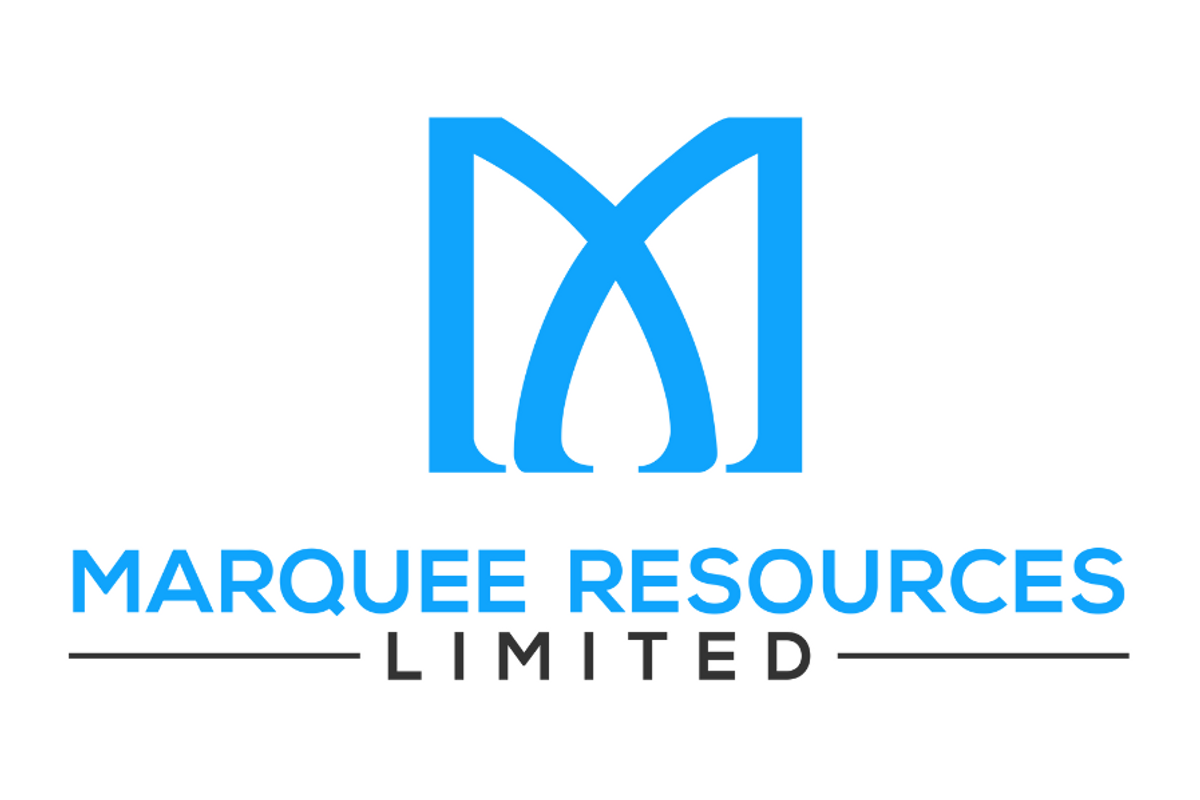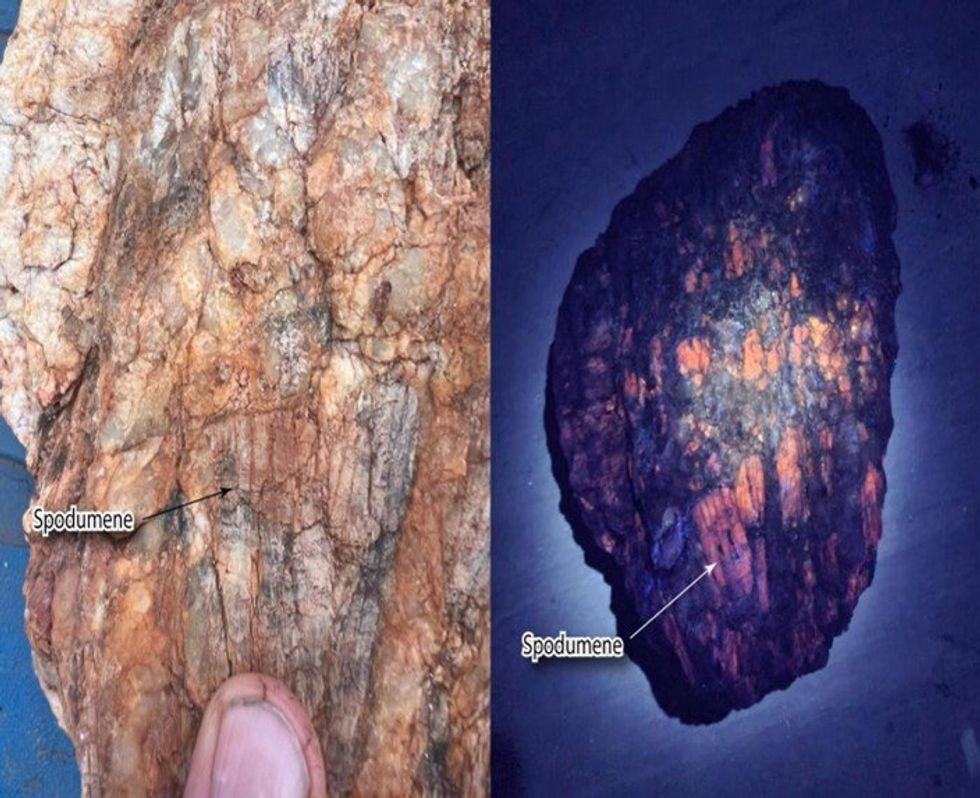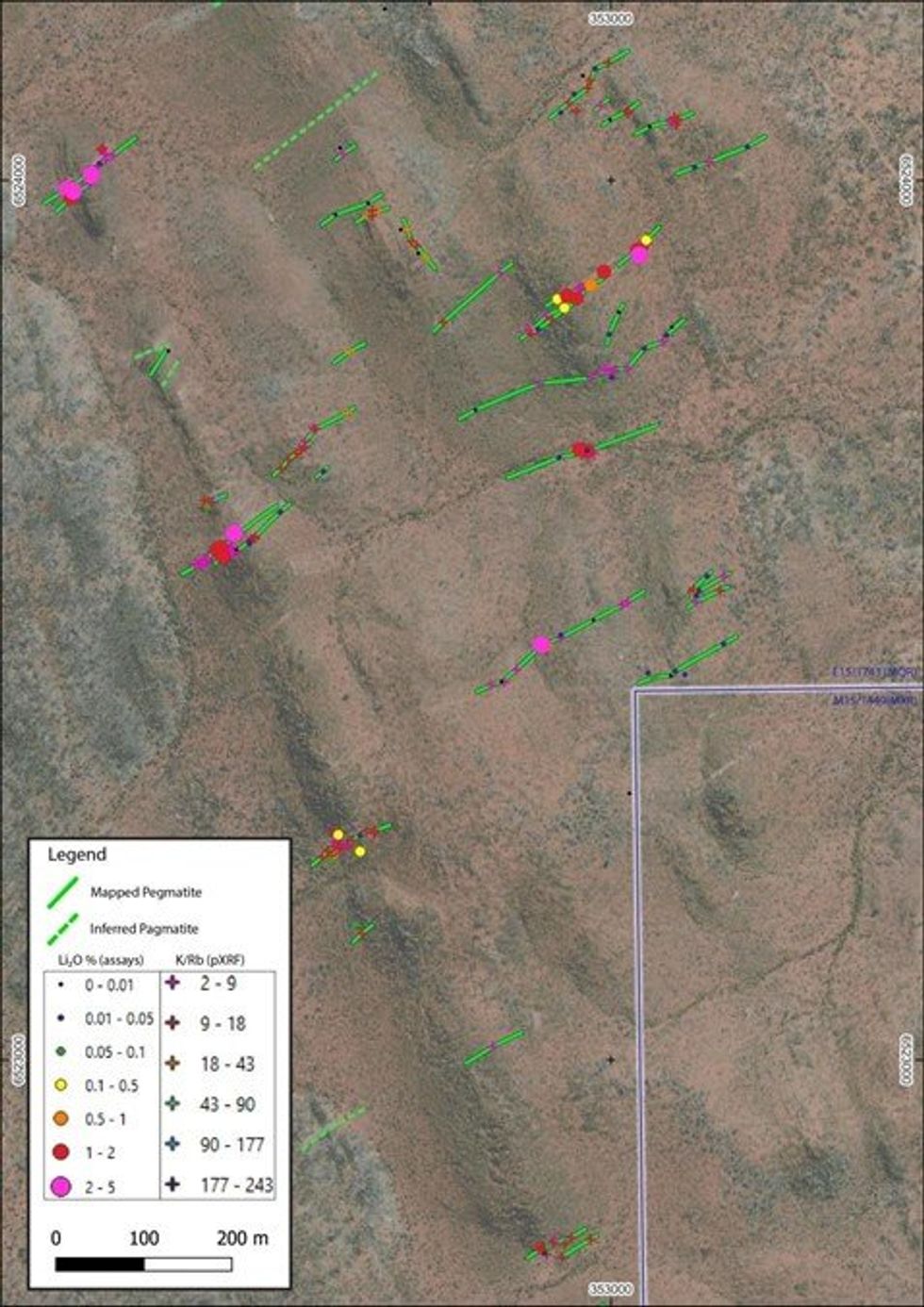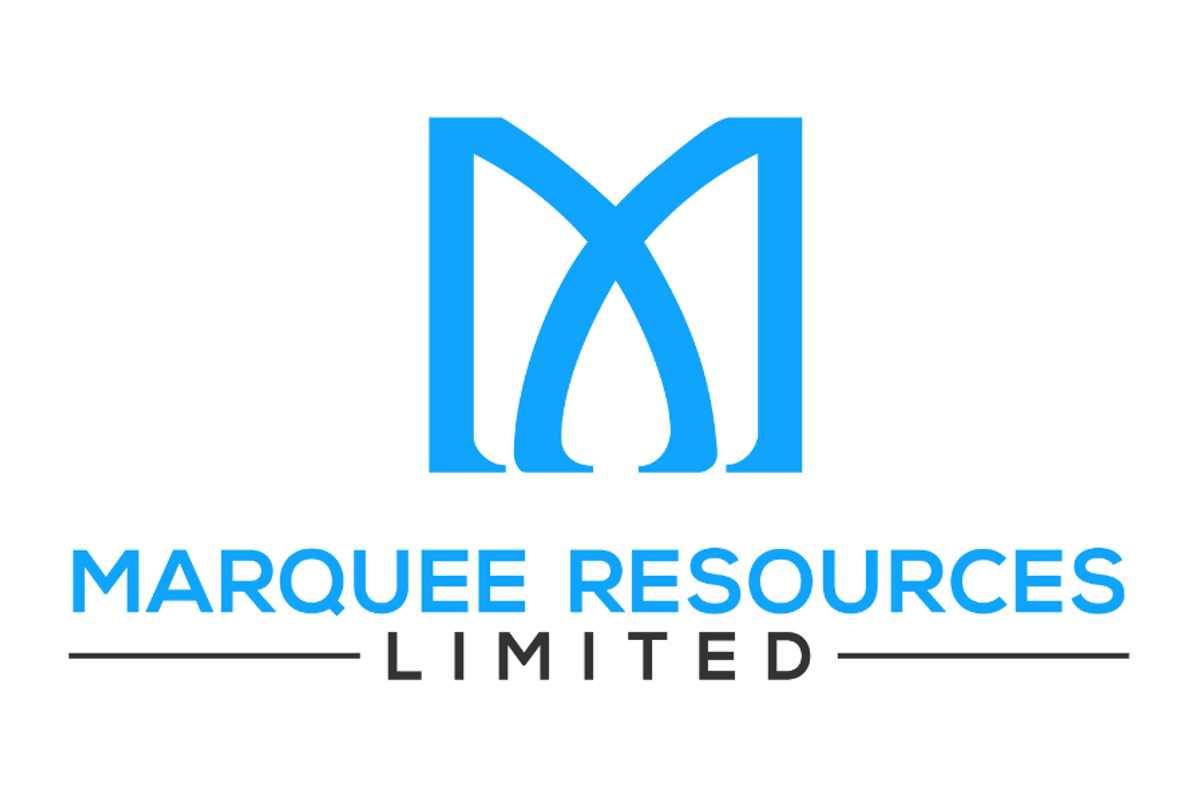
- WORLD EDITIONAustraliaNorth AmericaWorld
April 03, 2024
Marquee Resources Limited (“Marquee” or “the Company”) (ASX:MQR) is pleased to provide an update of ongoing exploration and targeting activities at the West Spargoville Project (“WSP” or “The Project”). Recently, Company geologists completed further mapping and sampling to better define targets for the planned upcoming drilling programmes. Leveraging off previously acquired geochemical, geophysical and drilling data, the Company has identified a pegmatite swarm with over 40 fertile pegmatites identified with mapping, sampling and portable-XRF (p-XRF) analysis confirming the presence of spodumene in 10 of the individual pegmatites (Figure 2). The recent sampling returned a best rock chip assay of 3.01% Li2O (24WS0010) with numerous results >1% Li2O (Table 1). The Company continues to collaborate closely with Joint Venture Partner Mineral Resources Limited (ASX:MIN) regarding all facets of the WSP Project and the ongoing 2024 exploration campaign.
HIGHLIGHTS:
- Ongoing mapping and sampling has delineated 10 individual spodumene bearing pegmatites at the West Spargoville Project.
- Recent High-Grade rock chip assay results with numerous results >1% Li2O which include:
- 3.01% Li2O (24WS0010)
- 2.76% Li2O (24WS0017)
- 2.60% Li2O (23SW0039)
- 2.36% Li2O (24WS0004) &
- 2.02% Li2O (23WS0047)
- Detailed ground gravity data acquisition complete and data processing underway to target mineralised pegmatite bodies at depth.
- Drilling approvals partially complete with remaining items progressing to allow drilling to commence as soon as possible.
- The Company continues to collaborate closely with Joint Venture Partner Mineral Resources Limited (ASX:MIN) regarding all facets of the WSP Project and the ongoing 2024 exploration campaign.
Exploration Update & Forward Work Plan
The Company has received assay results from 51 whole-rock samples taken during a recent mapping program of the Company’s focus area (Figure 2 & Table 1). An additional 156 p-XRF sample points were also collected from pegmatites to assist in delineating the prospectivity and strike extents of the mapped pegmatites (Table 3). Over ten pegmatites have been identified in the focus area with the tenor of mineralisation varying between the various pegmatites, but also within individual pegmatites. A peak assay from the recent rock chip sampling returned 3.01% Li2O (24WS0010) while historical rock chip sampling previously returned a peak assay of 3.12% Li2O (10686). Multiple assays from rock chip sampling have returned high-grade assays >1.0% Li2O. The controls on the zonation of mineralisation are currently not fully understood with further work required to determine the controls on the location of high-grade mineralisation.
In conjunction with the recent mapping and sampling, p-XRF mapping program was undertaken to increase data density and assist in further delineation of fertile pegmatites. The use of a handheld p-XRF, while no substitute for whole-rock geochemical analysis, is standard industry practice and an effective and dynamic targeting tool used in LCT-pegmatite exploration. p-XRF data can be used to identify and assess granitic parent rock fertility with respect to the hosting potential of LCT pegmatites and can differentiate potential rare metal-bearing pegmatites from barren, more typical pegmatites with granitic composition. When used in conjunction with whole-rock analysis, the p-XRF can assist in mapping fertile vs barren pegmatites at a fraction of the price and in a fraction of the time. When assessing granitic parent rock fertility, fertile granites exhibit elevated Rb, Cs, Sn, and Ta, as well as lower K/Rb ratios than typical granites. From analysis of whole-rock assay data Company geologists note:
- Where the sampled pegmatite contains economic mineralisation (>1.0% Li2O), the K/Rb ratio is <10.
- However a K/Rb <10 in whole-rock assay data does not always correlate directly with economic lithium mineralisation.
Although the whole-rock assay data highlights the limitations of using the K/Rb in LCT-pegmatite exploration, correct application of both the p-XRF and K/Rb ratio can be an effective targeting tool to delineate more- prospective vs less-prospective pegmatites.


The Company also wishes to advise the market that it has completed a ~3,900 station, highly detailed ground gravity survey over the priority focus area. The detailed gravity survey is designed to aid in targeting the mineralised pegmatites at depth. The hypothesis is that the mapped pegmatites may converge and blow-out at depth and the gravity survey will assist in identifying the controlling structures to mineralisation. Data processing is now underway, with the results of this to be released once completed.
The Company is currently working through the approvals process to complete drilling over the main focus area. The Program of Work (PoW) has been approved by DMIRS, whilst liaison with the Native Title party to complete a Heritage Survey is still ongoing. The Company will update the market once all approvals have been received.
Click here for the full ASX Release
This article includes content from Marquee Resources, licensed for the purpose of publishing on Investing News Australia. This article does not constitute financial product advice. It is your responsibility to perform proper due diligence before acting upon any information provided here. Please refer to our full disclaimer here.
gold explorationlithium stocksgold stocksresource stocksasx stockscopper stockscopper explorationlithium explorationasx:mqr
MQR:AU
The Conversation (0)
12 July 2022
Marquee Resources
Capitalizing on the Electric Revolution with a Diverse Battery Metal Portfolio
Capitalizing on the Electric Revolution with a Diverse Battery Metal Portfolio Keep Reading...
Latest News
Interactive Chart
Latest Press Releases
Steadright Grants Stock Options
24 December
Silverco Confirms No Material Change
24 December
Related News
TOP STOCKS
American Battery4.030.24
Aion Therapeutic0.10-0.01
Cybin Corp2.140.00
